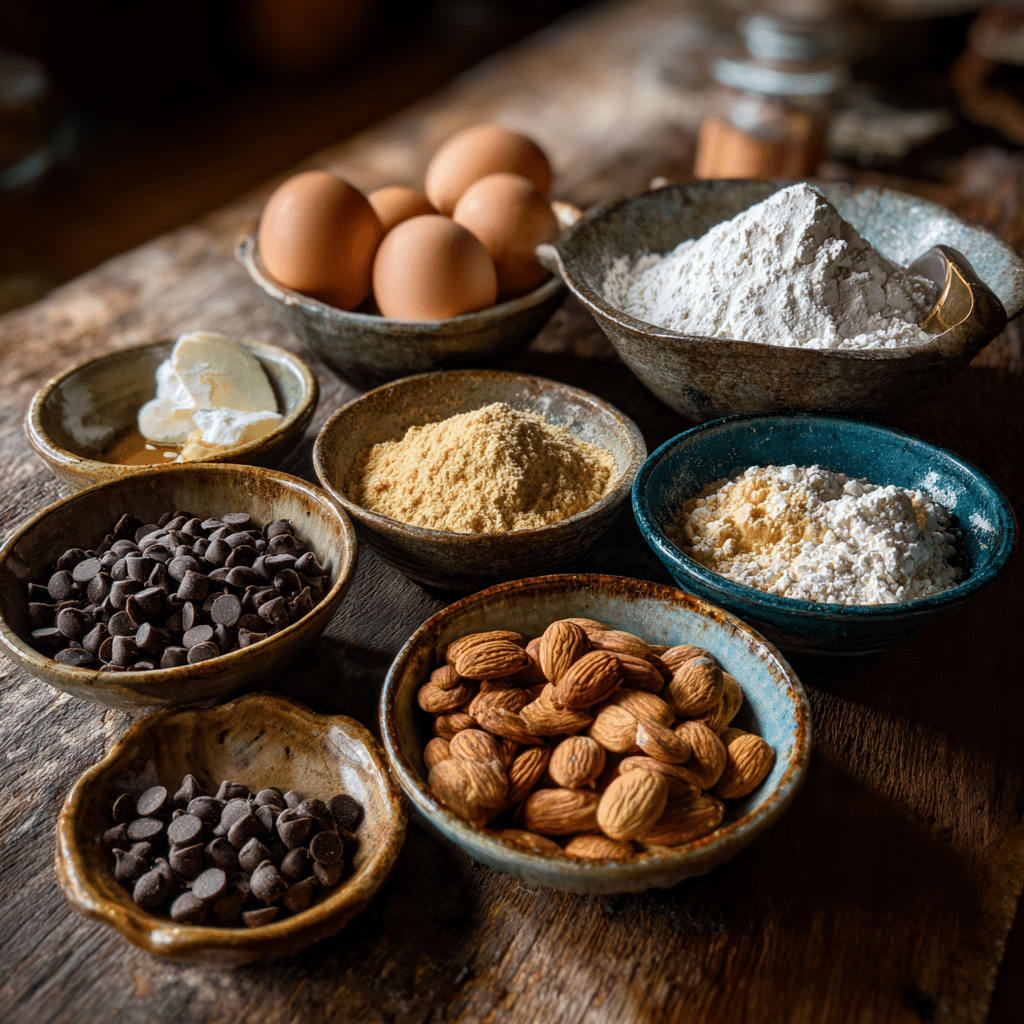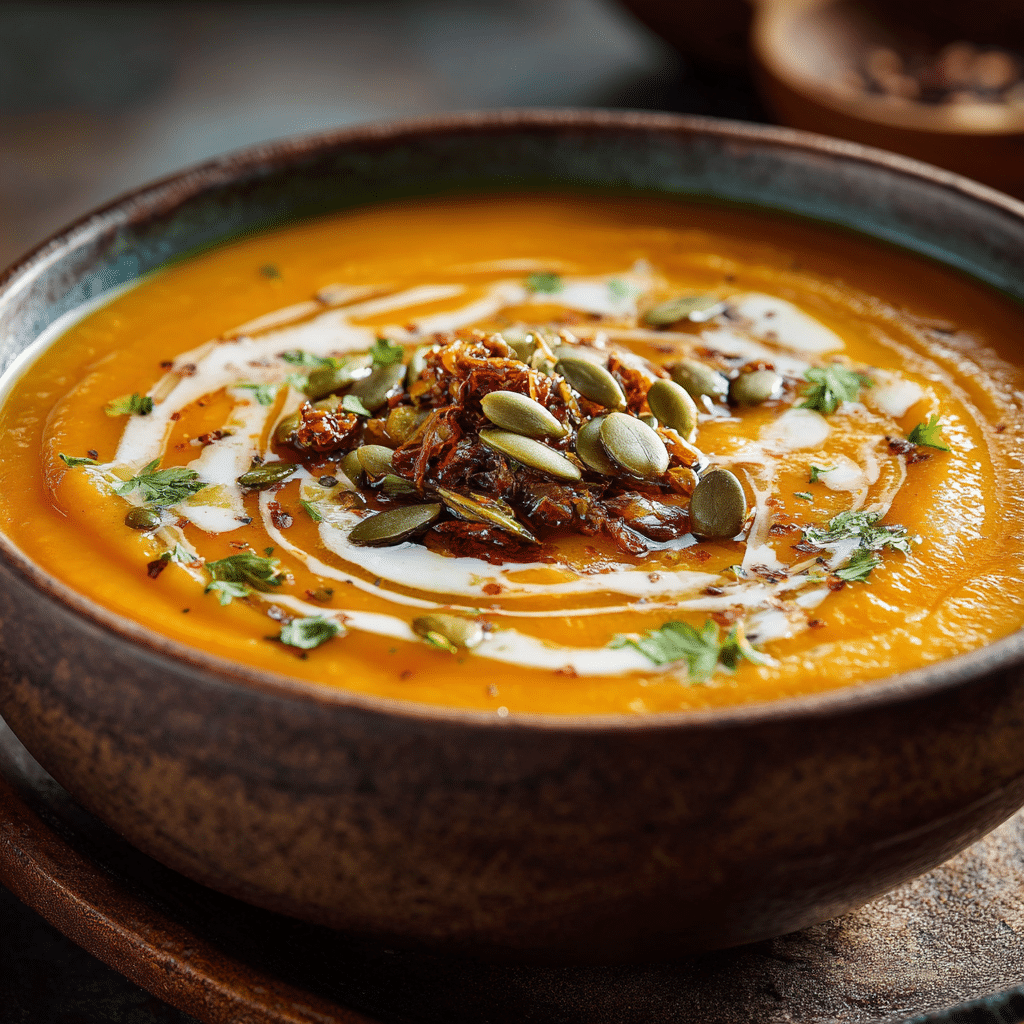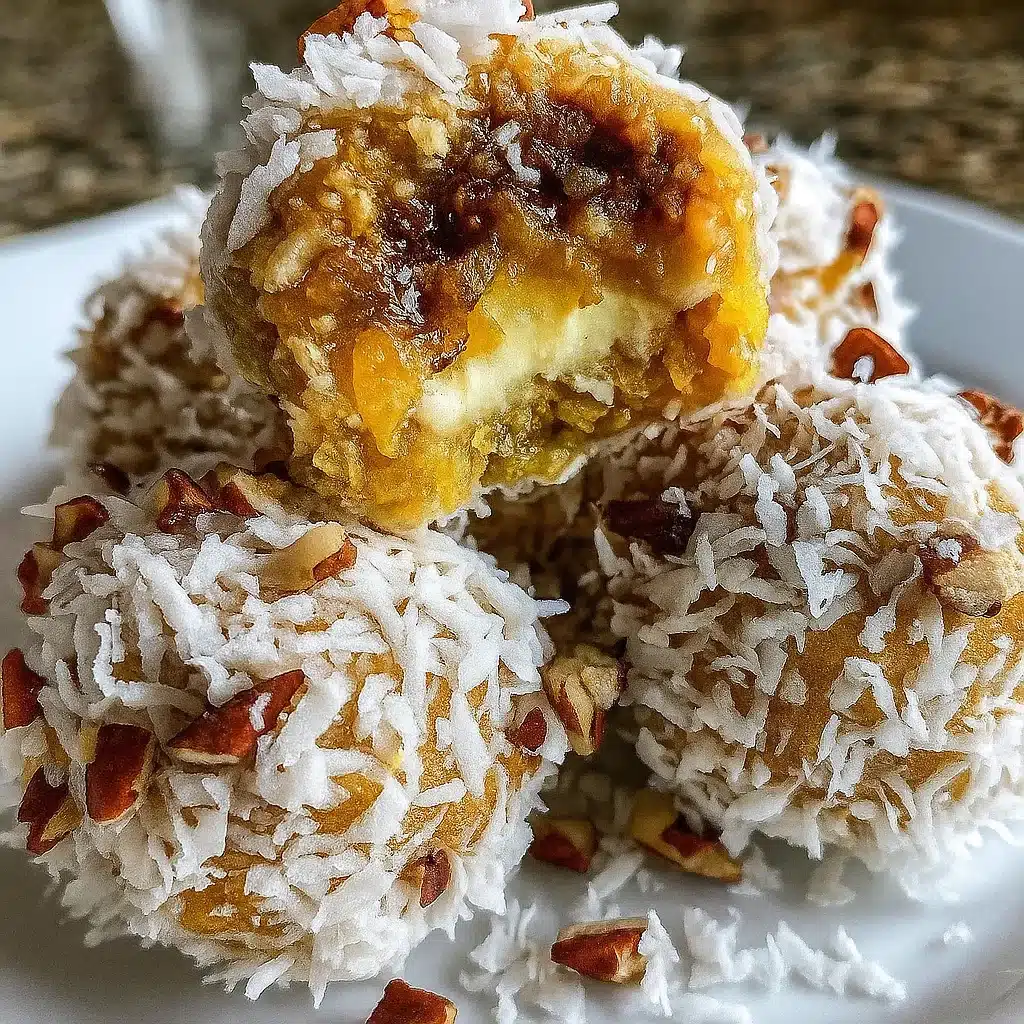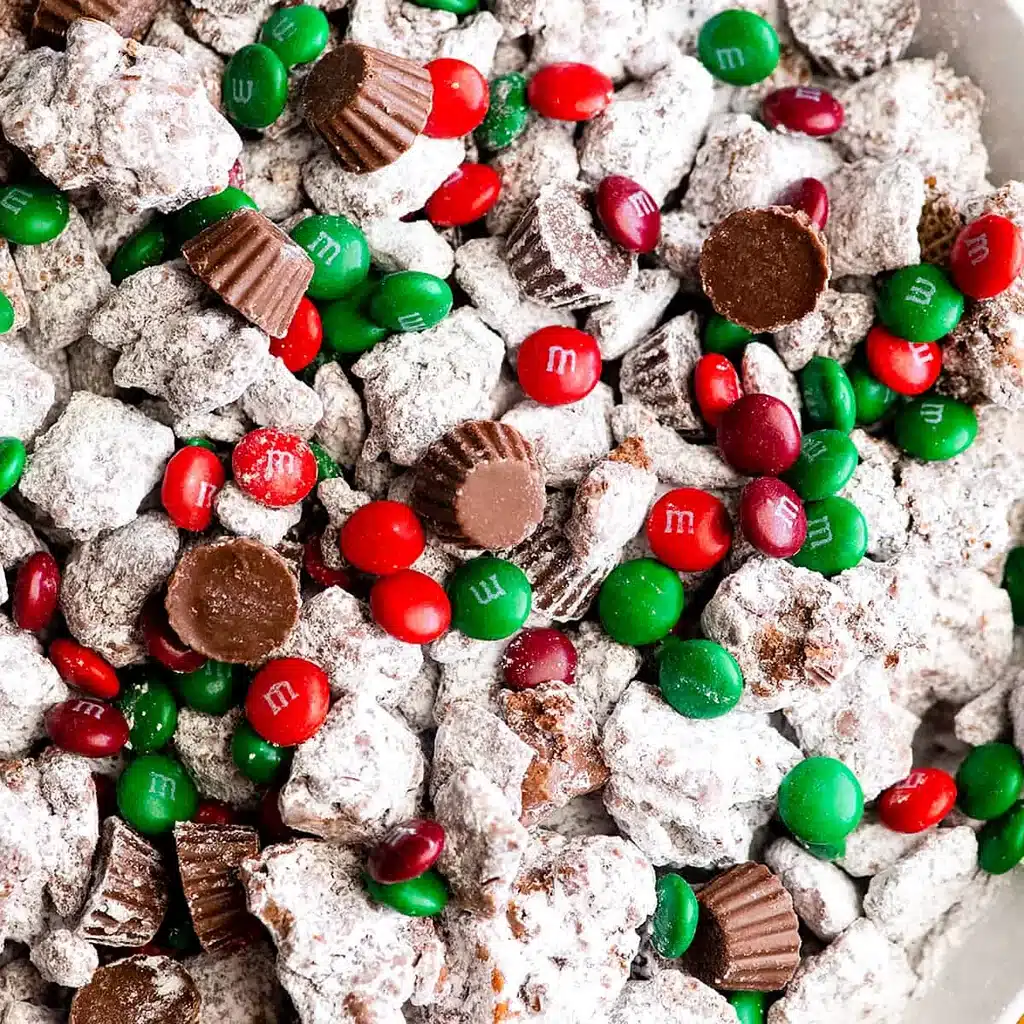Italian Cookies are far more than sweet treats — they’re edible pieces of Italian history. From the crisp biscotti of Tuscany to the delicate almond-flavored pignoli of Sicily, every region of Italy has its own cookie story to tell. These beloved desserts bring together generations during holidays, weddings, and Sunday gatherings. In this guide, you’ll learn what makes Italian Cookies so distinctive, how they evolved, which ones are the most popular, and why they’re central to Italian celebrations, especially at Christmas. Looking for inspiration? Try Christmas Kitchen Sink Cookies to get festive ideas for your next holiday tray.

Table of Contents
Ingredient & Technique Guide for Authentic Italian Cookies
Print
Italian Cookies: A Delicious Guide to Classic Italian Biscotti & Holiday Treats
- Total Time: 2 hours
- Yield: 24 cookies 1x
- Diet: Vegetarian
Description
These Italian Christmas Cookies are festive almond-vanilla treats with a soft, tender crumb and a delicate powdered sugar or icing finish — perfect for holiday gatherings and gifting.
Ingredients
2 cups all-purpose flour
1/2 cup almond flour
1 teaspoon baking powder
1/4 teaspoon salt
1/2 cup unsalted butter, softened
3/4 cup granulated sugar
1 large egg
1 teaspoon vanilla extract
1 teaspoon almond extract
1/2 cup chopped nuts (walnuts or pistachios)
1/2 cup mini chocolate chips (optional)
1 cup powdered sugar (for dusting)
2 tablespoons milk or water (for icing)
Food coloring (optional for icing)
Instructions
1. Mix the all-purpose flour, almond flour, baking powder, and salt in a medium bowl.
2. In a separate large bowl, cream the butter and sugar until light and fluffy.
3. Add the egg, vanilla, and almond extract, and beat until smooth.
4. Gradually combine dry ingredients with the wet mixture until dough forms.
5. Stir in chopped nuts and mini chocolate chips if using.
6. Cover dough with plastic wrap and refrigerate for 30 minutes.
7. Preheat oven to 350°F (175°C) and line a baking sheet with parchment paper.
8. Shape dough into balls or crescents and place 2 inches apart on the sheet.
9. Bake 10–12 minutes, until lightly golden on the edges.
10. Cool cookies on the baking sheet, then transfer to a wire rack.
11. Once cooled, dust generously with powdered sugar.
12. For optional icing, mix powdered sugar with milk or water and drizzle using a piping bag or fork.
Notes
For best results, chill the dough before baking to retain shape.
Store in an airtight container for up to a week or freeze for up to 3 months.
Add lemon zest or dried fruit for festive flavor variations.
For a dairy-free version, substitute butter with coconut oil.
- Prep Time: 30 minutes
- Cook Time: 12 minutes
- Category: Dessert
- Method: Baking
- Cuisine: Italian
Nutrition
- Serving Size: 1 cookie
- Calories: 120
- Sugar: 8g
- Sodium: 45mg
- Fat: 6g
- Saturated Fat: 3g
- Unsaturated Fat: 2g
- Trans Fat: 0g
- Carbohydrates: 15g
- Fiber: 1g
- Protein: 2g
- Cholesterol: 25mg
Step-by-Step Instructions
1. Prepare the Dough
- Mix Dry Ingredients: Combine all-purpose flour, almond flour, baking powder, and salt in a bowl.
- Cream Butter and Sugar: In another bowl, beat butter and sugar until light and fluffy.
- Add Egg and Extracts: Beat in egg, vanilla, and almond extract.
- Combine: Gradually fold dry ingredients into wet ingredients. Add nuts and chocolate chips if desired.
2. Chill the Dough
- Cover the dough with plastic wrap and refrigerate for at least 30 minutes.
3. Shape and Bake
- Preheat oven to 350°F (175°C) and line a baking sheet with parchment paper.
- Roll tablespoons of dough into balls or crescents.
- Bake for 10–12 minutes, until edges are lightly golden.
- Cool on the baking sheet, then transfer to a wire rack.
4. Decorate the Cookies
- Dust with powdered sugar once completely cool.
- Optional: Make icing by mixing powdered sugar with milk or water (tint with food coloring if desired).
- Drizzle over cookies using a piping bag or fork.
Yields: 24 cookies
Prep Time: 30 min Bake Time: 10–12 min Total Time: 2 hrs (includes chilling)
Calories: ≈120 each (6 g fat, 15 g carbs, 2 g protein)

What Are Italian Cookies?
Defining Italian cookies: biscotto, biscotti & beyond
At its heart, an Italian cookie — or biscotto — simply means “twice-baked.” That’s how the popular biscotti got its name. In Italy, however, cookies go far beyond biscotti. You’ll find soft, crumbly almond cookies in Sicily, anise-flavored wafers in Abruzzo, and delicate butter cookies served at coffee bars across northern Italy. Italian Cookies combine old-world baking traditions with local ingredients like almonds, figs, and honey.
Unlike many American-style cookies that rely on brown sugar and butter for chewiness, Italian Cookies emphasize flavor and simplicity. Their recipes often use minimal ingredients: flour, eggs, sugar, and regional add-ins such as citrus zest or nuts. The result? A balanced bite that’s light, flavorful, and perfectly paired with espresso or sweet wine.
How Italian cookie traditions differ from other dessert cookies
What sets Italian Cookies apart is their deep connection to tradition and celebration. Every Italian cookie tells a story. For instance, the Pizzelle, one of Italy’s oldest cookies, represents family unity and is often baked using an heirloom iron passed down for generations. Learn more about how Italians celebrate dessert culture in our Christmas Bread Recipes feature.
While many global cookies aim for gooey textures or trendy flavors, Italian bakers focus on authenticity and symbolic meaning. Cookies are tied to holidays — almond cookies for Easter, anise for weddings, fig-filled for Christmas. These connections give each cookie more than taste; they give it cultural weight. Don’t miss our Sweet Potato Pie with Ginger Crust for another dessert steeped in heritage.
History and Origins of Italian Cookies
The evolution from Italian pastries to cookies in Italy
The story of Italian Cookies begins in ancient Rome. Early Romans baked simple honey-sweetened biscuits called panis biscotus — literally “twice-baked bread.” Over the centuries, as Italy’s regions developed distinct cuisines, these humble biscuits evolved into the wide range of cookies we know today. Monks in medieval monasteries were among the first to refine cookie recipes, using almonds, honey, and wine in sacred feasts and celebrations.
During the Renaissance, Italy became a hub for sugar trading. With the arrival of refined sugar from the East, cookies transformed from practical travel food to exquisite desserts served in noble courts. Families began crafting cookies with unique ingredients that reflected local produce — hazelnuts from Piedmont, citrus from the Amalfi coast, and figs from Calabria. Check out Sweet Potato Gnocchi Recipe for another Italian-inspired creation using regional flavors.
As Italian immigrants moved to America, they brought their cookie traditions with them. These recipes adapted to local ingredients but kept their heart intact. That’s why many American Italian bakeries still sell pignoli, biscotti, and rainbow cookies during Christmas — preserving a taste of home across generations.
Regional roots — Sicily, Piedmont, Abruzzo and how geography shaped cookie styles
Each Italian region tells its own cookie story. In Sicily, where almonds and citrus thrive, you’ll find chewy almond cookies called Paste di Mandorla and Cuccidati — fig-filled rolls scented with orange peel. Piedmont, famous for its hazelnuts, created Baci di Dama (“lady’s kisses”) — two crisp cookies joined by chocolate. In Abruzzo, the delicate Pizzelle originated, thin and patterned with a floral iron design.
Northern Italian cookies often lean buttery and crisp, influenced by French pastry techniques. Southern varieties, by contrast, rely on almonds, honey, and fruits, reflecting the Mediterranean’s warmth. Learn more about rustic regional baking with Cinnamon Swirl Bundt Cake — a perfect example of Southern-style comfort dessert.
The diversity of Italian Cookies mirrors the country’s geography: mountains, coasts, and farmland all contribute unique ingredients. From Lombardy’s buttery shortbread to Calabria’s spiced fig cookies, these treats reflect Italy’s patchwork of cultures and climates.
FAQs About Italian Cookies
What is the most popular Italian cookie?
The most popular Italian cookie is Biscotti, also known as Cantucci. Originating from Tuscany, biscotti are twice-baked almond cookies that are crisp, aromatic, and perfect for dipping in coffee or Vin Santo (a sweet Italian dessert wine). Over time, regional versions have emerged, featuring chocolate chips, pistachios, or dried fruits. Looking for inspiration? Try Chewy Vegan Monster Cookies to explore texture contrasts similar to biscotti’s crunch.
What is a traditional Italian Christmas dessert?
Traditional Italian Christmas desserts include Panettone, Torrone, and, of course, Italian Christmas Cookies. These cookies are often flavored with almond, anise, or citrus and symbolize joy, prosperity, and family unity. During the holidays, Italian homes fill with sweet aromas as families bake together. Check out Christmas Tree Cake Truffles Recipe to complement your cookie tray with another festive dessert.
What are pizzelle cookies?
Pizzelle cookies are delicate, waffle-patterned treats that originated in Abruzzo, Italy. Made from a simple batter of flour, eggs, sugar, butter, and flavoring (usually anise or vanilla), pizzelles are pressed in an ornate iron until crisp and golden. They can be served plain, dusted with sugar, or rolled into cannoli shells. Don’t miss our Bunny Pancakes for another fun, patterned breakfast-style dessert idea.
What are traditional Christmas cookies in Italy?
Traditional Italian Christmas cookies include Pignoli (pine-nut cookies), Cuccidati (fig-filled cookies), and Amaretti (almond meringue cookies). Each region has its own take on these treats. Northern Italy favors buttery textures, while southern regions use almonds and honey for richness. Discover great ideas like Spiced Pear Bread Recipe if you’re looking to expand your holiday baking lineup.
Conclusion: Bringing the Magic of Italian Cookies to Your Table
Italian Cookies aren’t just desserts — they’re a celebration of family, culture, and timeless flavor. Across Italy, every region tells a story through its cookies: crisp biscotti dipped in espresso, delicate pizzelle dusted with sugar, and almond-rich pignoli that melt in your mouth. These traditional Italian Cookies connect generations through shared memories, laughter, and the joy of baking together.
What makes Italian Cookies stand out is their simplicity and authenticity. Using classic ingredients like almonds, citrus zest, and pure extracts, these cookies deliver the perfect balance of sweetness and nostalgia. From Christmas celebrations to everyday treats, Italian Cookies are a delicious reminder that the best desserts often come from humble beginnings.
If you’re looking to recreate that Italian warmth in your kitchen, start with a simple batch of Italian Cookies. Bake them for loved ones, wrap them as gifts, or enjoy them with your morning coffee — each bite offers a taste of Italian tradition. And don’t forget to explore your creativity: try adding lemon zest for brightness, dip them in chocolate for elegance, or experiment with regional twists inspired by Italy’s rich dessert heritage.
As you dust your cookies with powdered sugar and take that first bite, you’ll discover why Italian Cookies have endured for centuries — they’re not just a treat, they’re a moment of joy. Whether it’s biscotti from Tuscany or pizzelle from Abruzzo, these cookies continue to bring people together, one sweet bite at a time.
Follow me for more creative recipes and holiday ideas on Pinterest and Medium





